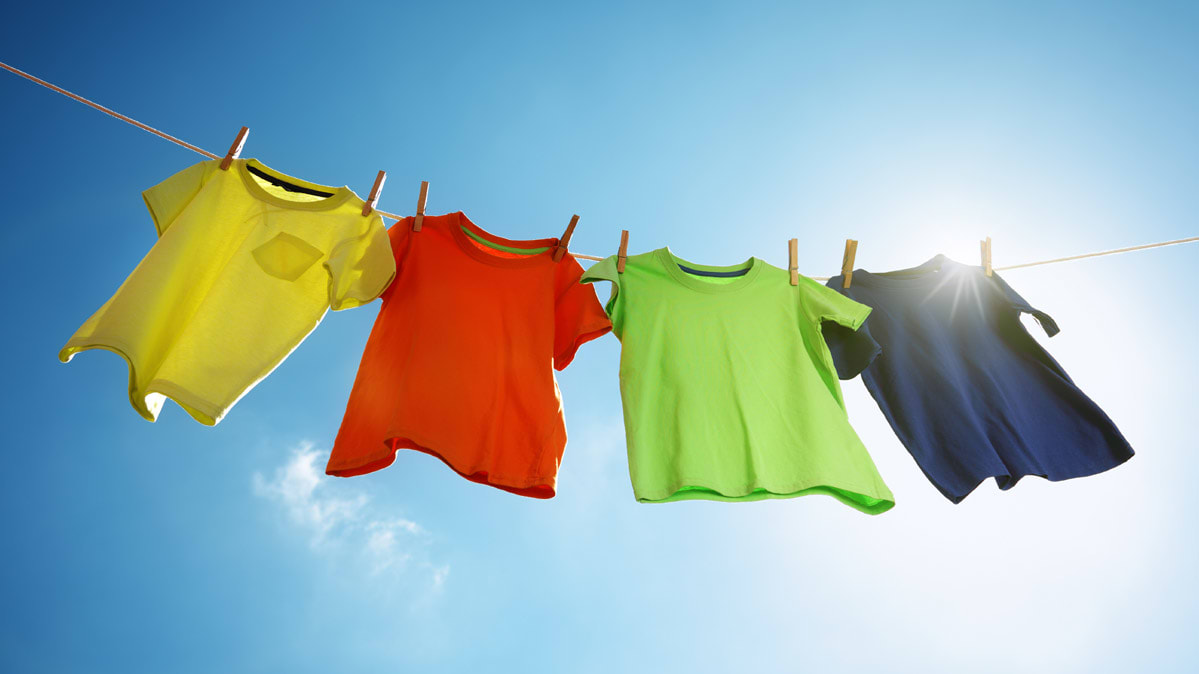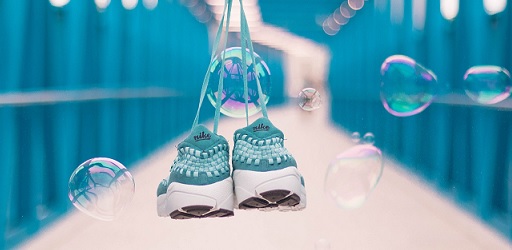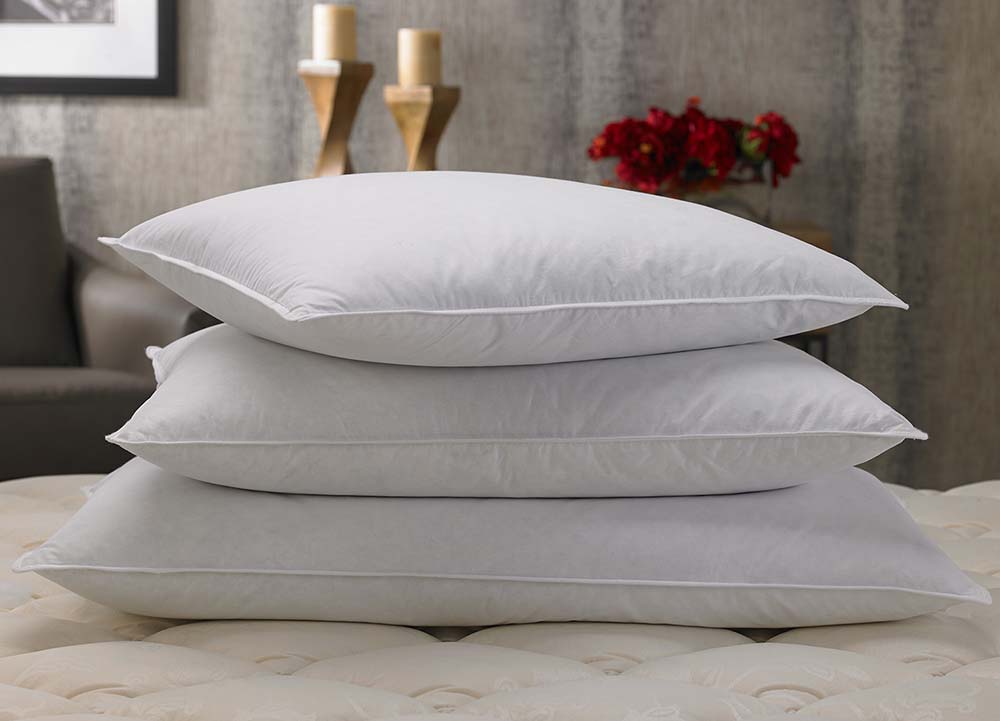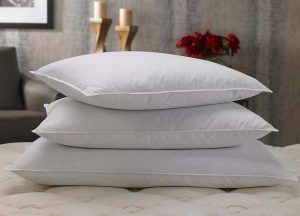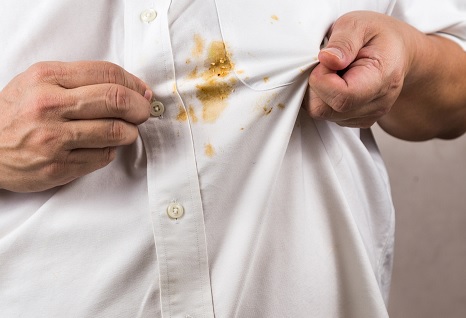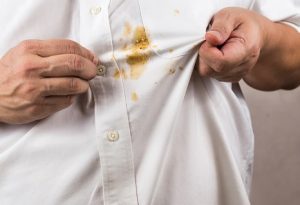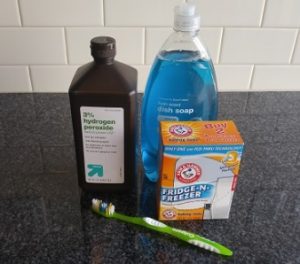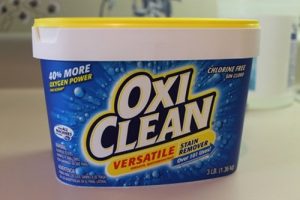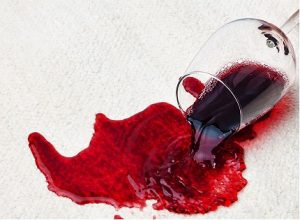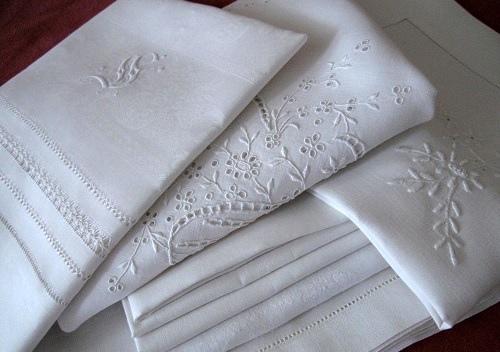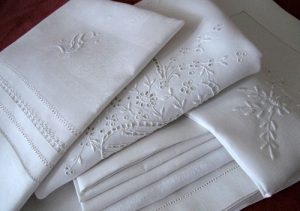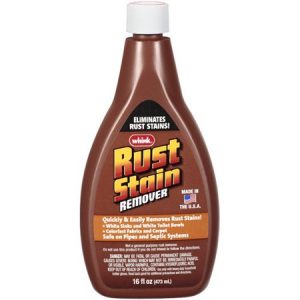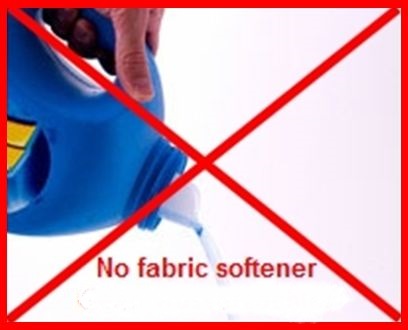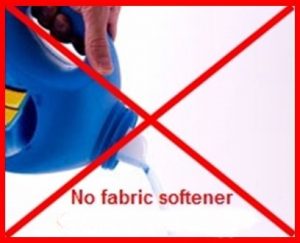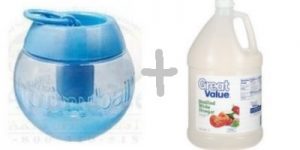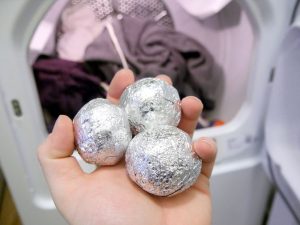Removing Diesel/Gas Stains and Odors
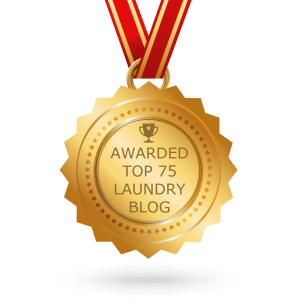

Have you ever been pumping gas and all of a sudden the tank is full and Ooops! the gas splashes out and right on to your clothes? So how do you get that awful odor out? It’s important to know that diesel/gas stains make all fabrics more flammable than normal so it is very important to handle the items carefully.
IMPORTANT NOTE: Gas and diesel stained clothes and rags should not be washed with other clothing. If after washing you can still smell fuel odor, do not place the garments in a clothes dryer. The excessive heat can cause the fabric to burst into flames.
Since gasoline and diesel are petroleum oil-based stains, they need to be pretreated using a solvent based stain removal product, like Shout or Spray ‘n Wash. If you don’t have a solvent-based pre-treater, apply a bit of enzyme-based heavy-duty liquid detergent, like Tide or Persil to the stain and work it in by gently rubbing with a soft bristle brush. Allow the stain remover to work for at least fifteen minutes before washing.
After pretreatment, wash the garment as usual in the hottest water appropriate for the fabric. Inspect the garment for stains and sniff for odors before drying and repeat treatment if necessary.
If there is still any lingering fuel odors, soak the stained clothes overnight in enough water to completely submerge the fabric with 1 cup baking soda added. Then rewash and rinse as usual.
For exceptionally heavy odors, fill the washer, deep sink or plastic tub with warm water and add 1 cup household ammonia. Shut the lid or cover the solution if possible. Allow the garments to soak for several hours or overnight. Drain the washer and wash as usual.
DO NOT USE ANY CHLORINE BLEACH during the soaking or washing because dangerous fumes can form.
Allowing the clothes to air dry outside will help remove odors as well. Again, if any trace of odor remains, air dry on an indoor rack or outside on a clothesline. Do not put these items in an electric or gas dryer.
Read More �6 Ways to Cut Down Energy Costs In The Summer�

